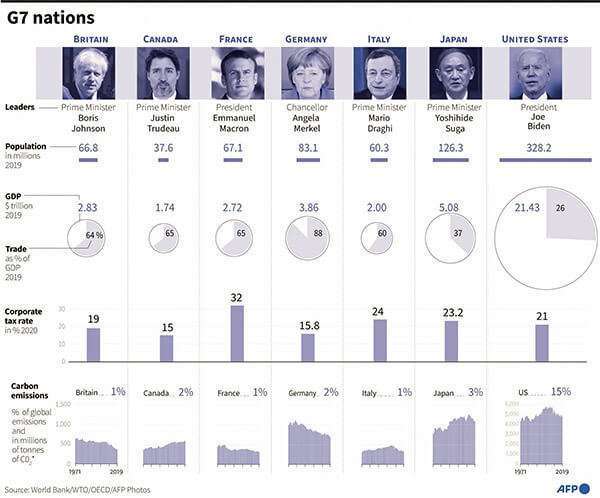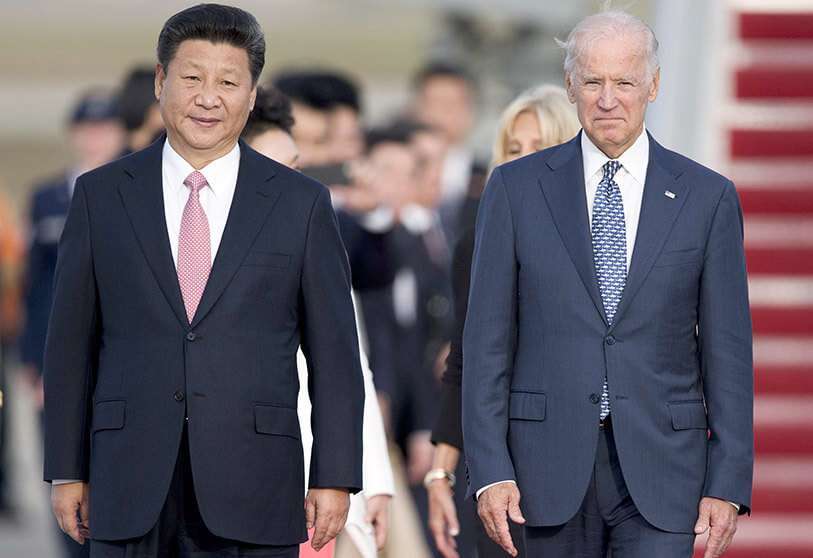Infrastructure building, the new "war" of the great powers

The battle for control of the international order has never had a truce. There has never been a period of absolute peace and almost certainly never will be. What it has done is change over time, adopting new ways of trying to gain global supremacy and majority control of all resources. Years ago, wars were the means to an end that never seemed really accessible. Now, the creation of immense infrastructures spanning half the planet seems the alternative to gain influence and increase a country's weight on the map.
China was one of the first to get started. Eight years ago, President Xi Jinping announced the Belt and Road Initiative. The infrastructure that was presented in 2013 was full of ambition, aiming to span more than half the world through rail, road and sea routes. This included the creation of new ports, stations and communication lines of colossal dimensions. At the time, 2,600 projects, more than 700 billion dollars of investment and the participation of up to 126 countries and 29 international organisations were agreed.
The Chinese initiative came to demonstrate that control of transactions in a considerable part of the world was possible, that they were capable of building a network connecting Asia with Africa and part of Europe, while the West watched without reaction as an unprecedented expansion took place. Finally, after the COVID-19 pandemic, the long-awaited response has come from the G7 countries under the name "Build Back Better World".

The main objective of the initiative launched by US President Joe Biden in agreement with the seven major industrialised countries is to help low- and middle-income countries in the post-COVID-19 phase. Health issues, but especially climate and digital issues, according to a White House communiqué, are the focus of a project that aims to compete with the expansion of China's Belt and Road. In this case, the cost would amount to 40 billion dollars - a large part of which would be assumed by private investment - and has a deadline for implementation that would reach the year 2035.
Moreover, this new plan coincides with the creation of new national infrastructures, such as the one already underway in the United States, which will involve an investment of 1.2 biillion dollars. Or the one underway in India, presented by Prime Minister Narendra Modi on 15 August, which will increase its investment to 100 million rupees - around 1.35 billion dollars -.

One might think that the two structural projects - "Belt and Road" and "Build Back Better World" - are not necessarily opposed or even compatible. However, despite being forced to coexist, the G7 has made sure to present its project as the clear alternative to the Chinese-driven one. The degree of polarisation between the countries that have launched these initiatives continues to escalate, and criticism from both sides is constant, as it could not be otherwise. The seven countries claim to have devised a substitute product for what the Chinese had presented almost a decade ago, and which has been harshly criticised by Washington since 2018.
The White House accused Beijing of carrying out the "Belt and Road" with the aim of controlling the world through financing and debt, something that did not sit well with the Chinese government. Xi Jinping's government interpreted the US's words as an attempt to "drive a wedge" between China and its future partners. Despite the fact that around 20% of the projects planned under the Belt and Road Initiative have been postponed as a result of the pandemic, the volume of trade in what is already active has reached more than 6 trillion dollars between 2013 and 2018 and has created more than 244,000 jobs.

The agreement linking China with Africa and the Middle East is very solid. The initiative that the G7 now wants to tackle is aligned with other projects such as the African Union Development Plan "Agenda 2063" and Russia's Eurasian Economic Union. Beijing also contributed to the construction of the railway line in Kenya between the capital, Nairobi, and Mombasa, which demonstrates the strong ties that China has been building for years. According to observers, this infrastructure competition will clearly benefit lower-income, mostly African, countries. What remains to be seen is whether "Build Back Better World" will be a real threat to the "Belt and Road" or will not be able to stand up to the Asian-driven giant.









